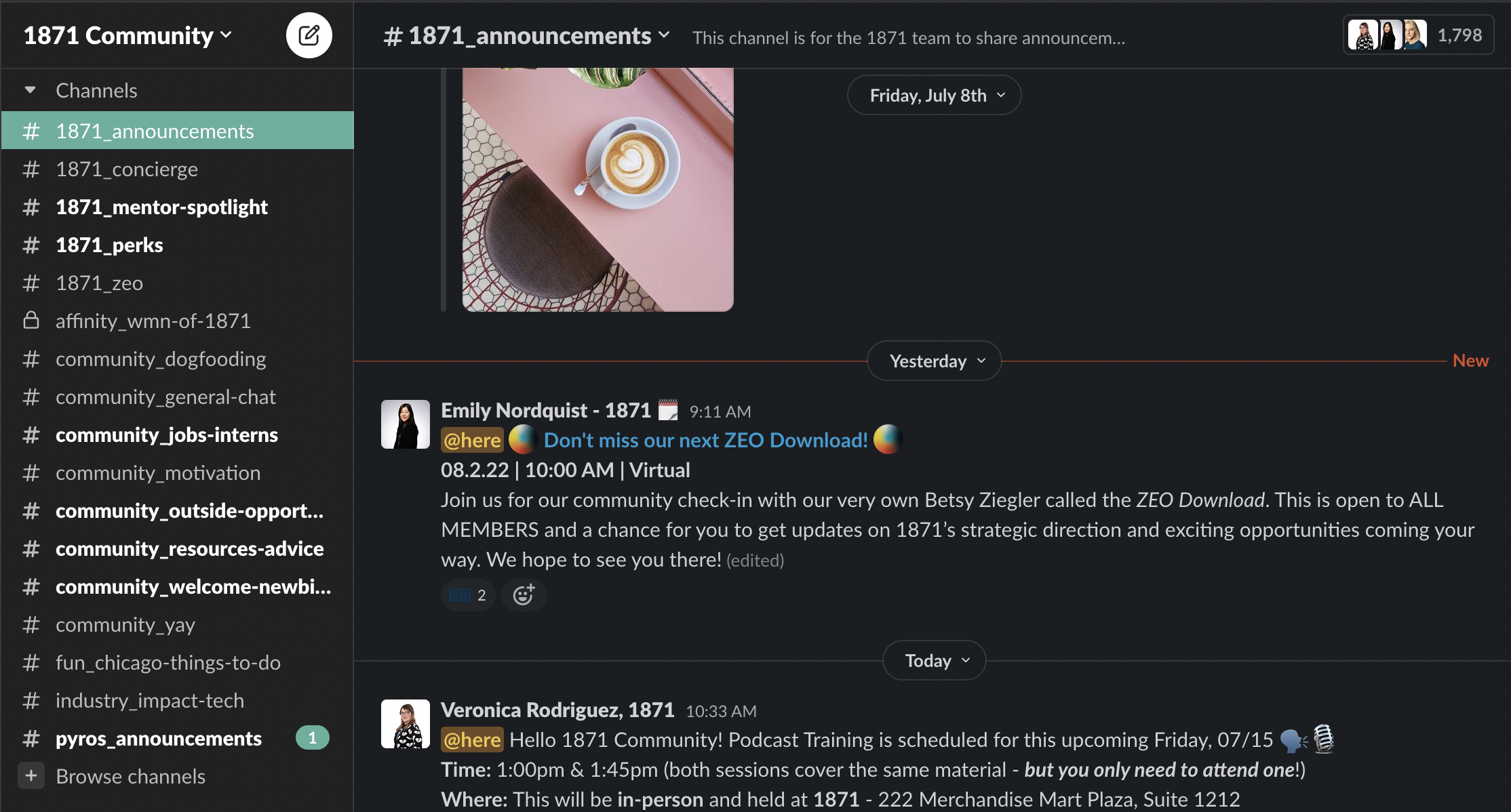A report from the National Foundation for American Policy (NFAP) reveals more than 1.2 million unique job openings for computer-related occupations in the United States, as of September 6, 2021. This is a 15% growth from six months prior. The U.S. unemployment rate for individuals with computer-related skill sets is 1.5%, down from 3.0% at the beginning of the Covid pandemic. The H-1B demand for visas continues to rise across many categories, however, the need is felt more acutely for computer-related occupations.
Highlights of active job vacancy postings from August 7, 2021, to September 6, 2021 include:
- 435,639 for software developers and software quality assurance analysts and testers,
- 112,990 for network and computer system administrators,
- 110,134 for computer systems analysts,
- 76,126 for information security analysts and
- 47,181 for electrical engineers.
The significant shortage of skilled labor in the U.S. is not a new trend. And, in fact, 72% of individuals enrolled in a qualified computer and information sciences graduate program at U.S. universities are foreign nationals. One fundamental issue is the lack of available computer science programs at U.S. universities. In 2019, as an example, fewer than 72,000 computer science graduates were available to fill more than 389,000 job openings. Remember, this was before the global pandemic. The increased demand to move online due to the global pandemic results in some permanently increased demand, as many companies adopt hybrid work environments and great access online for meetings, products, and the work itself.
For H-1B petitions, only 85,000 per year are available. Of those, roughly two-thirds are submitted for computer occupations. There are approximately 20 times more jobs available for computer occupations than available H-1B and U.S. talent. In March 2021, employers filed 308,613 H-1B registrations for FY 2022. Due to immigration law, USCIS was limited to the approval of only 85,000 H-1B petitions. Therefore, over 72% of H-1B registrations for high-skilled foreign nationals were rejected. In fact, H-1B allocations have been fully used since 2004. The rollover of family-based visas to employment-based visas in FY2021 was unrealized, largely due to Covid and limited processing capabilities at global embassies and processing centers.
As such, U.S.-based companies are facing intense competition for talent. The resulting short supply impacts the growth of these companies as well as the U.S. economy. Layer on that the global competitor for computer occupation talent, and it’s clear dramatic wholistic changes are needed.
If you have an employment-based visa question or any other immigration-related issue, contact us at ILBSG. We work with you to ensure you get the right advice.
Originally published here!
Join as an 1871 Growth Stage Member.
Attend info sessionSubscribe to our ICYMI newsletter.
Share this post:



